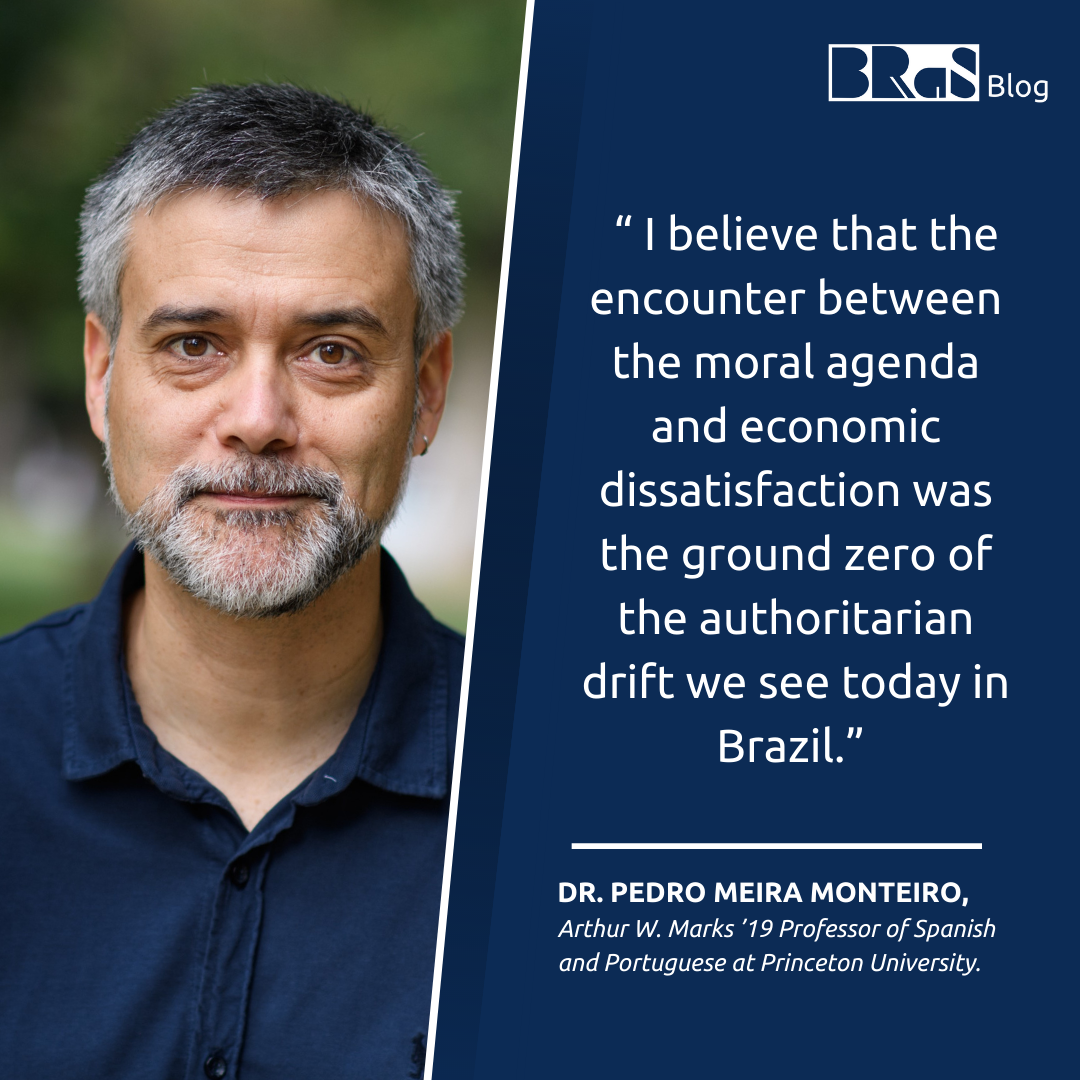by Andreia Vicente da Silva*
Edited and reviewed by Anna Paula Bennech and Giovanna Imbernon
In early March, the Regional Council of Medicine of São Paulo (Cremesp) published a statement about virtual visits to hospitalized patients diagnosed with Covid-19 (Cremesp, 2021). One of the possible consequences of such instruction may be forbidding virtual visits to unconscious patients, especially intubated ones. The justification for the council’s advice is to preserve the right to the confidentiality of the doctor-patient relationship, given the incapacity of voluntary consent from the patient. It is necessary to discuss this recommendation, which, if in practice, counters what has been understood as humanized care or “good death” (Menezes, 2004) practices and aggravates the isolation imposed by the Covid-19 context in Brazil.
The pandemic biosafety protocol has isolated patients in hospitals by preventing family members from visiting them to contain the spread of the disease (Brazil, 2020). Such a ban has caused enormous frustration for both the isolated ones and family members who, in general, are informed by doctors through phone calls about their relatives’ situation. In some contexts, when possible, health professionals, sensitive to the psychological consequences of family withdrawal, have started using cell phones, facilitating access and contact with patients. A good example is the project developed by professors and students of the nursing program of Unioeste at the Municipal Hospital of Foz do Iguaçu (Unioeste, 2021): interns mediate conversations using donated cell phones. The team prepares the entire action in discussions with family members and patients, being concerned about the exposure of hospitalized patients and the emotional state of those involved.
The debate about “modern death,” as a process that has intensified the loneliness of patients in hospitals, is already consolidated in the field of social health sciences (Ariés, 1982; Sudnow, 1967). The damage caused by the isolation of patients, excessive medicalization, and the intervention of machines to prolong the vegetative state have been widely documented (Menezes, 2006). As alternatives to these models, techniques of “humanization” and “palliative care” were developed, in which, among other rights, the interaction of patients with relatives and affective coexistence are guaranteed, even when they are unconscious and subject to institutionalized care by physicians (Monteiro, Magalhães and Machado, 2017; Machado and Menezes, 2018). The mandatory visits to hospitals, even in the ICUs, resulted from these efforts to restore the family to the central place in the patients’ process of health recovery or cases of inevitable farewell to death. The contemporary model of good death does not only treat the disease. The patient is perceived as a biopsychosocial-spiritual whole, a subject, and family members are inserted in the care team (Seymour, 1999).
One of the justifications for Cremesp’s instruction is that “the alleged interaction with family members would not be possible.” Such a statement seems to restrict social interaction to the context of consciousness, carried out intentionally by the patient. At this point, the social sciences can contribute to health professionals because the debate on social interaction can lead to other understandings. Social interaction concerns a series of possibilities for action in our daily lives (Goffman, 1967). Our senses are educated through socialization throughout our pathway to detect patterns of relationships and associate them with certain sensations and feelings (Collins, 2004). Our ability to identify smells, tastes, sounds, and colors that remind us of specific memories is remarkable. Although these associations are not always conscious, they are vividly identified with specific experiences. In other words, our senses are trained to understand and reproduce certain emotional patterns that tend to be repeated throughout our lives. For example, affective encounters are associated with feelings of happiness and generate positive emotions.
Given this understanding of social interaction, which encompasses much more than a conscious decision, we can say that a social relationship built through affective bonds is preserved even in a situation of unconsciousness. The patient can feel and benefit from small care actions, such as listening to a song or even voice messages; a study of terminally ill patients confirmed that unconscious patients hear (Blundon and Ward, 2020). Likewise, Unioeste’s professors involved in the virtual visits project reported that some unconscious patients have their monitoring parameters altered when they hear the voice of a family member[1]. The interaction experience of the family with the patient through the virtual methods helps in the disease experience and initiates the anticipated grief process in the case of terminality.
Another point to be discussed is that, given the strict biosafety protocol in which the coffins are sealed and wakes are not possible (Vicente da Silva, 2020), video call is often the only possible way to interact with the terminally ill and to say goodbye. Depriving patients and family members of these meetings, which end life cycles, will deepen the pandemic crisis that we are experiencing. This suggestion exposes us all to a return to the experience of solitary hospitalized illness and death, which medical instructions, scientific research, and human rights standards have consistently sought to overcome. If this instruction becomes the norm, its result will be the intensification of the sick person’s suffering and the deepening of the complicated mourning epidemic, which is already verified in Brazilians’ everyday lives during this pandemic.
Sources
Radio H2Foz. #saúde. HUMANIZAÇÃO. April 26th, 2021. [internet]. 2021. [Retrieved on April 30th, 2021]. Available at: https://www.youtube.com/watch?v=v7FCaepSc6k&t=371s.
Brasil. Ministério da Saúde. Manejo de corpos no contexto do novo coronavírus covid-19. Secretaria de Vigilância em Saúde. Departamento de Análise em Saúde e Vigilância de Doenças não Transmissíveis Brasília/DF. [internet] 2020. [Retrieved on August 14th, 2020]. Available at: http://www.saude.gov.br/images/pdf/2020/marco/25/manejo-corpos-coronavirus-versao1-25mar20-rev5.pdf
Conselho Regional de Medicina do Estado de São Paulo. Parecer número 131045. 11.03.2021 [internet]. 2021. [Retrieved on April 30th, 2021]. Available at: https://www.cremesp.org.br/library/modulos/legislacao/pareceres/versao_impressao.php?id=17998
Universidade Estadual do Oeste do Paraná. ‘Humanização à assistência dos pacientes hospitalizados com covid-19, no Hospital Municipal de Foz do Iguaçu’. Central de Notícias [internet] 2021. [Retrieved on April 30th, 2021]. Available at: https://www.unioeste.br/portal/central-de-noticias/56950-projeto-da-unioeste-foz-do-iguacu-promove-visita-virtual-entre-pacientes-e-familiares
References
Ariès, Philippe. O homem diante da morte. Rio de Janeiro: Francisco Alves: 1982.
Blundon, Elizabeth G., Romayne E. Gallagher, and Lawrence M. Ward. “Electrophysiological Evidence of Preserved Hearing at the End of Life.” Scientific Reports 10, no. 1 (June 25, 2020): 10336. https://doi.org/10.1038/s41598-020-67234-9.
Collins, Randall. Interaction Ritual Chains. Princeton: Princeton University Press, 2004.
Goffman, Erving. Interaction ritual: essays on the face-to-face behavior. Chicago: Aldine Pub Co., 1967.
Machado, Renata de Morais, and Rachel Aisengart Menezes. “Gestão Emocional do Luto na Contemporaneidade.” REVISTA CIÊNCIAS DA SOCIEDADE 2, no. 3 (August 24, 2018): 65–94. https://doi.org/10.30810/rcs.v2i3.622.
Menezes, Rachel Aisengart. Difíceis decisões. Etnografia em um Centro de Tratamento Intensivo. Rio de Janeiro: Fiocruz; 2006.
MENEZES, Rachel Aisengart. Em busca da boa morte. Antropologia dos Cuidados Paliativos. Rio de Janeiro: Garamond; Fiocruz, 2004.
Monteiro, Mayla C., Andrea S. Magalhães, and Receba N. Machado. “A Morte Em Cena Na UTI: A Família Diante Da Terminalidade.” Temas Em Psicologia 25, no. 3 (2017): 1285–90. https://doi.org/10.9788/TP2017.3-17Pt.
Seymour, Jane Elizabeth. “Revisiting Medicalisation and ‘Natural’ Death.” Social Science & Medicine 49, no. 5 (1999): 691–704. https://doi.org/10.1016/S0277-9536(99)00170-7.
Sudnow, David. Passing On. The social organization of dying. New Jersey: Prentice-Hall; 1967.
Vicente da Silva, Andreia. Os ‘ritos possíveis’ de morte em tempos de coronavírus. [internet] 2020. [Retrieved on April 11th, 2021]. Available at: https://www.reflexpandemia.org/texto-50
[1] https://www.youtube.com/watch?v=v7FCaepSc6k&t=371s
* Andreia Vicente da Silva is an Assistant professor at the Universidade Estadual do Oeste do Paraná (Unioeste). She holds a Ph.D. in Social Sciences from the Rio de Janeiro State University (UERJ) with an internship at the School for Advanced Studies in Social Sciences in Paris. She has experience with the Anthropology of Religion, with emphasis on Studies on Death Rituals. E-mail: deiavicente@gmail.com






